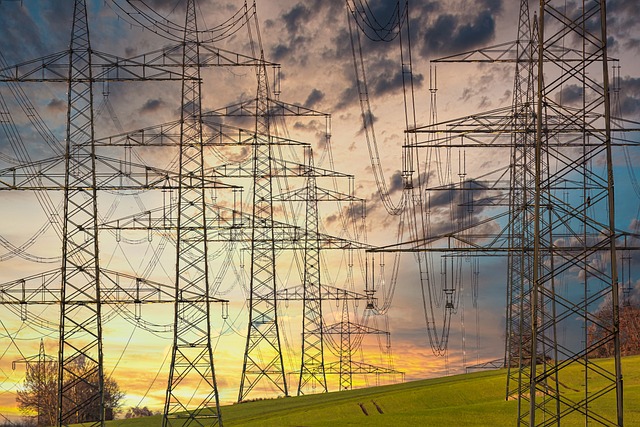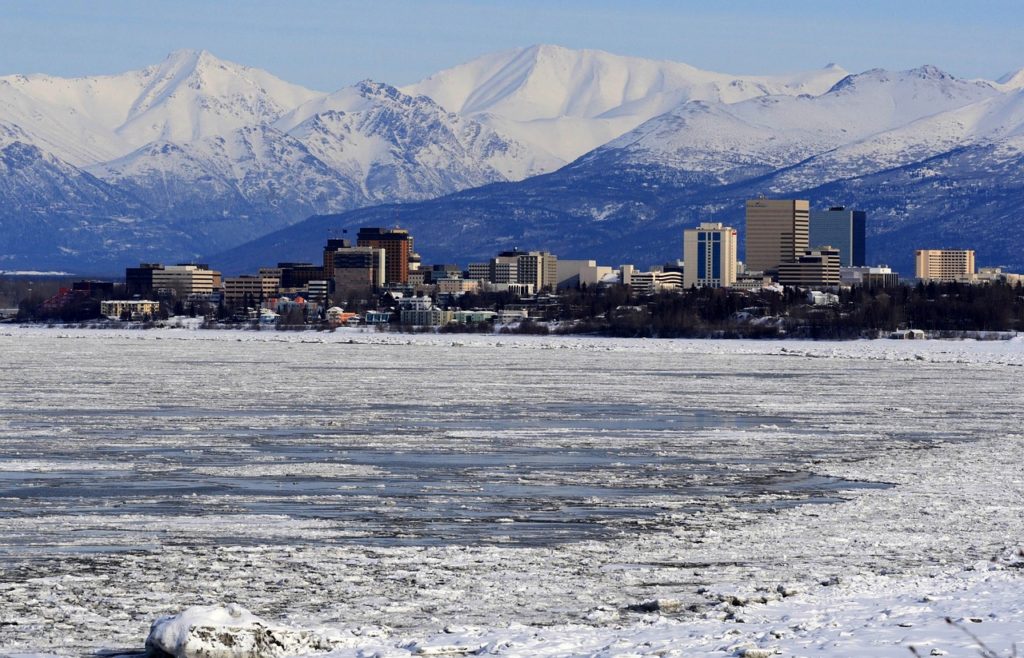As we navigate Alaska’s path to a more sustainable energy future, I’m reminded of the delicate balance required in the game of Jenga. Much like a precarious Jenga tower, Alaska’s energy landscape calls for careful planning to ensure both progress and stability in our quest for a cleaner, more diversified, and sustainable energy future.
My deep dive into Alaska’s clean energy transition this year has taken me to a cumulative month’s worth of alternative energy conferences. Enthusiastic speakers passionately advocate for replacing carbon-producing energy sources with clean, sustainable alternatives. While I wholeheartedly endorse this endeavor, we must be cognizant of the potential pitfalls that could undermine our progress. We must pay attention to all aspects of energy provision: sources, generation, transmission, and storage.
Let me be clear: I am a strong proponent of increasing Alaska’s use of cleaner energy sources. Recent legislative victories underscore our commitment to this transition. A significant milestone is the passage of HB 62, a bill I had the privilege to carry alongside Representative Edgmon. This legislation cements the Renewable Energy Fund’s permanence in Alaska, facilitating sustainable investments in cost-effective renewable alternatives and assisting communities across the state to reduce and stabilize their cost of energy.
Affordable, clean, local energy alternatives and storage solutions are especially important in Alaska, where each region of the state faces unique challenges, and the reliance on costly diesel generators is still a pressing issue. The key lies in responsible change management. Hastening this transition without considering realistic timelines, regional needs, and the full spectrum of risks is like building a tower on shaky foundations.
True, Jenga is a highly imperfect metaphor. When playing Jenga, collapse is inevitable, and the tower can easily be rebuilt. However, in the real world, a collapse can be catastrophic and can take months to repair or decades to rebuild, all while failing to provide necessary services to masses of people.
A “perfect” system would be affordable, highly reliable, and would minimize emissions. Maybe Star Trek had it figured out, but as I recall, getting your hands on a reliable supply of di-lithium could sometimes be a challenge. The clean energy tower will stand if managed carefully, but everybody involved must methodically assess primary, secondary, and tertiary impacts, and be prepared for potential downsides.
In our transition to cleaner energy, we must also recognize the importance of the resources in our backyard, including the timely pursuit of the Alaska Liquefied Natural Gas (LNG) project. Senator Sullivan recently said, “Stars are aligned to make a major push for Alaska LNG,” and I couldn’t agree more. This project not only contributes to our energy security but also holds the promise of substantial economic benefits. The Alaska LNG project will create jobs, stimulate local economies, and strengthen the supply side of our energy infrastructure, both to Alaskans and as an Alaskan export. It can contribute to national security and stand as a testament to the symbiotic relationship between Alaska’s rich natural resources, responsible resource development, and our energy future.
To accomplish a smooth transition, we must become adept students of risk and change management. The scale of change we envision brings significant risks that we must navigate to avoid painful disruptions. Supporting crucial projects through hydroelectric construction and expansion, independent power producers, mining for “green economy” materials, investing in Battery Energy Storage Systems (BESS) and micronuclear modules, and developing clean energy innovations will play a vital role in our success.
I don’t, however, want a little caution to undermine or slow down the great progress that Alaska is making! The Governor’s Alaska Energy Security Task Force is doing important work and is close to outputting their final report. The Alaska Energy Authority is working on system-wide planning, Railbelt, and rural energy development, and most recently, on securing hundreds of millions of dollars for Railbelt BESS deployment along with the installation of a parallel transmission route between Kenai Peninsula and Anchorage. The newly formed Railbelt Reliability Council is now up and running. Alaska Housing Finance Corporation is keeping an eye on the issues for homeowners and commercial buildings.
The clean energy transition holds immense promise, but we must strike a balance between progress and caution. Rushing forward without proper risk management may lead to unintended consequences. By learning from the lessons of Jenga, we can build a stable and sustainable future for our energy system and for Alaska.




